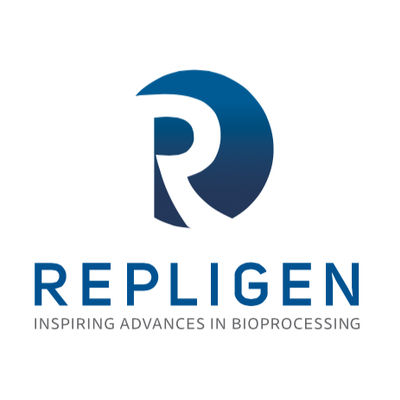Request Demo
Last update 08 May 2025
aFGF x EGF
Last update 08 May 2025
Related
1
Drugs associated with aFGF x EGFTarget |
Mechanism EGF inhibitors [+2] |
Active Org.- |
Originator Org. |
Active Indication- |
Inactive Indication |
Drug Highest PhaseDiscontinued |
First Approval Ctry. / Loc.- |
First Approval Date20 Jan 1800 |
100 Clinical Results associated with aFGF x EGF
Login to view more data
100 Translational Medicine associated with aFGF x EGF
Login to view more data
0 Patents (Medical) associated with aFGF x EGF
Login to view more data
273
Literatures (Medical) associated with aFGF x EGF01 Mar 2024·Genes to Cells
The optimized priming effect of FGF ‐1 and FGF ‐2 enhances preadipocyte lineage commitment in human adipose‐derived mesenchymal stem cells
Article
Author: Tarapongpun, Tanakorn ; Onlamoon, Nattawat ; Tabu, Kouichi ; Chuthapisith, Suebwong ; Taga, Tetsuya
05 Oct 2023·European journal of medicinal chemistry
Discovery of novel thymidylate synthase (TS) inhibitors that influence cancer angiogenesis and metabolic reprogramming in NSCLC cells.
Article
Author: Dong, Gang ; Lin, Qi-Qi ; Meng, Fan-Hao ; Xue, Wen-Han ; Deng, Mei-Yan ; Li, Xin-Yang ; Li, Yu-Heng ; Guo, Jing-Si
01 Aug 2023·Journal of Biomedical Materials Research Part A
Positive effect of acellular amniotic membrane dressing with immobilized growth factors in skin wound healing
Article
Author: Habibi‐Anbouhi, Mahdi ; Kazemi‐Lomedasht, Fatemeh ; Laleh, Mahsa ; Tahernejad, Mahrokh ; Asefnejad, Azadeh ; Bonakdar, Shahin ; Golkar, Majid
Analysis
Perform a panoramic analysis of this field.
login
or

AI Agents Built for Biopharma Breakthroughs
Accelerate discovery. Empower decisions. Transform outcomes.
Get started for free today!
Accelerate Strategic R&D decision making with Synapse, PatSnap’s AI-powered Connected Innovation Intelligence Platform Built for Life Sciences Professionals.
Start your data trial now!
Synapse data is also accessible to external entities via APIs or data packages. Empower better decisions with the latest in pharmaceutical intelligence.
Bio
Bio Sequences Search & Analysis
Sign up for free
Chemical
Chemical Structures Search & Analysis
Sign up for free
